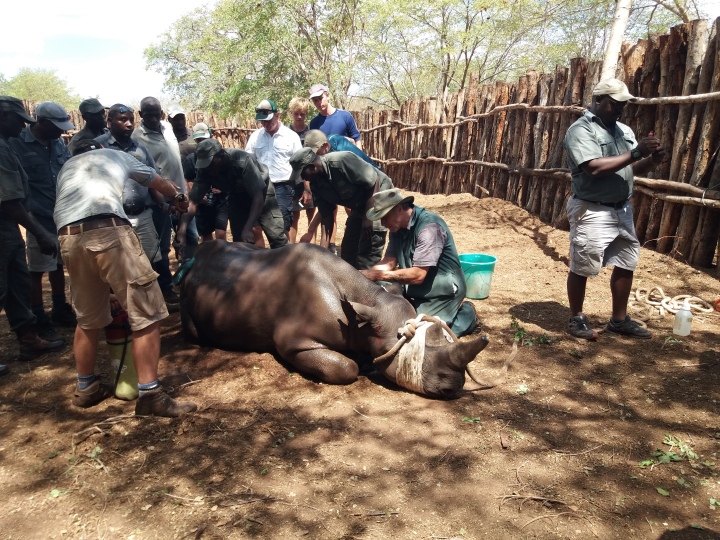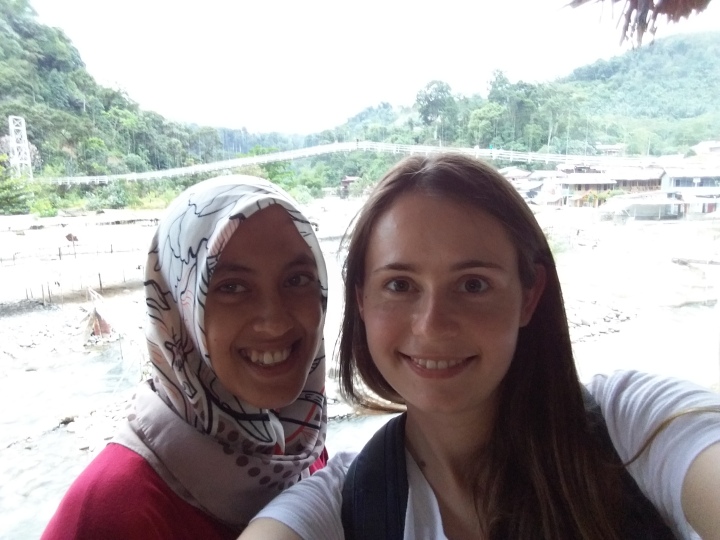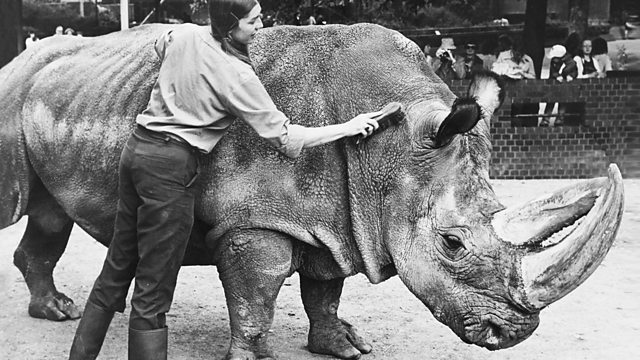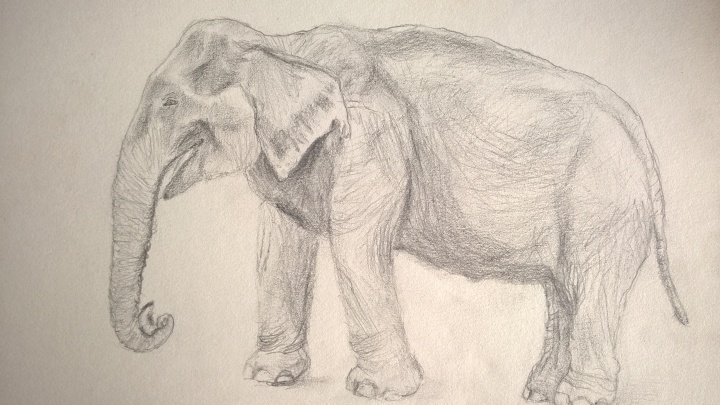“The bush is lovely, lush and deep,
But I have promises to keep,
And miles to go before I sleep,
And miles to go before I sleep.”
A version of the original poem by Robert Frost, “Stopping by Woods on a Snowy Evening”

Feeling inspired by Robert Frost’s poem, I wrote the above lines as a goodbye message to the Nakavango Conservation Programme in Zimbabwe, because just like the poet, no matter how much I felt enchanted by this little nature refuge, I had to move on. I chose to volunteer at Stanley & Livingstone private game reserve as it is home to the big five animals, including the critically endangered black rhino. I’d like to share with everybody my unforgettable adventure partly to keep it alive, as a diary to myself, but also to inform others about African wildlife, its beauty and its hardship.
Living in close proximity to wild animals, even for such a short time, brought me happiness and peace (but I have to admit that waking up in the middle of the night in my tent to the roar of lions sent chills down my spine). Every morning, I’d greet the day with the anticipation of new encounters in the bush. You’d know what I mean, if one day an enchanting leopardess casually crossed your path – or if you chanced upon a rhino with a six-month-old baby, hiding behind the bushes.

Every day brought some new adventure, but probably one of the most memorable experiences was when we participated in the transfer of two male rhinos to a national park in Zambia, which took a couple of years to arrange, due to bureaucracy. We observed as the rhinos were tranquilised, checked, their horns trimmed, and put into special containers onto a truck. Armed men stood on both sides and a helicopter hovered watching above, to ensure the rhinos made it to safety. It’s a very dangerous operation, which sometimes ends in injury and death to animals, but was necessary to avoid interbreeding in the local rhino population.

Although working in wildlife conservation is such a rewarding experience, I must share the dark side of the story too. As a tourist on a safari in Chobe national park in Botswana you will hardly be told that the carcasses lying around are the bodies of elephants who have died in mass starvation. While elephants in Eastern Africa are threatened to the point of extinction due to the trade in ivory, elephant populations in Botswana and Zimbabwe are thriving to such an extent that they put the habitat and its diversity in danger.
The toll of park mismanagement is only too evident to the wildlife manager at V&S reserve, Ian du Preez. Only with a great effort can he tone down his emotions as he tells us about how he sees the wildlife of his country disappear.
There is a lot of sadness in his face, but sometimes it’s illuminated by a happy smile: “

I would have never exchanged my life in Africa for your life,” he says with conviction. It’s not easy to survive in Zimbabwe – there is no pension when you get old, a tube of toothpaste costs $30 in a shop, and you need to queue for hours to buy fuel. Despite the challenges of his life and his work in conservation, he thinks himself to be a happy man. Every day he can go and see elephants, antelope and all other wildlife – it’s at his doorstep.





















 I was very curious to learn more about the buddhist practice from the locals and Chin shared some wisdom he had gained as an apprentice monk. I wanted to know more but the only way I could do it would have been to spend some time at a local temple with monks.
I was very curious to learn more about the buddhist practice from the locals and Chin shared some wisdom he had gained as an apprentice monk. I wanted to know more but the only way I could do it would have been to spend some time at a local temple with monks.


